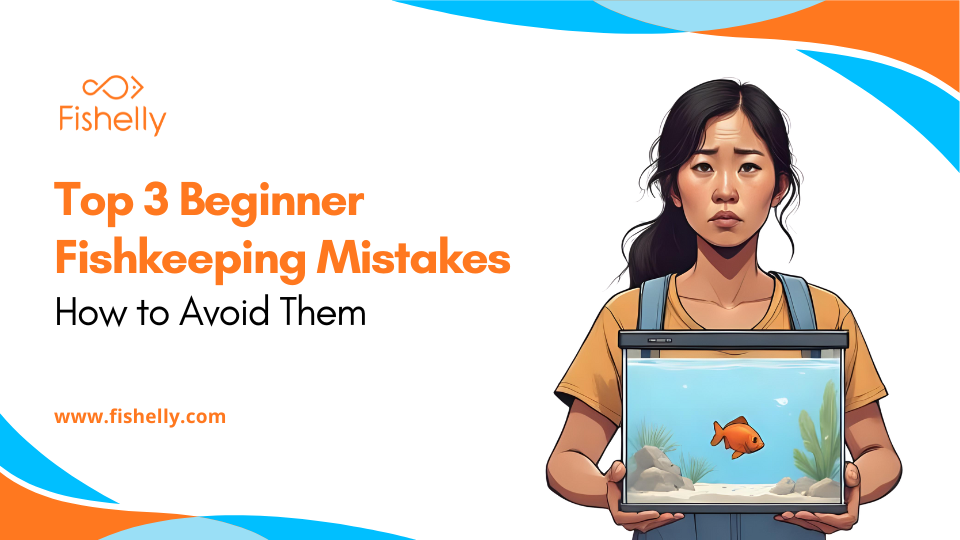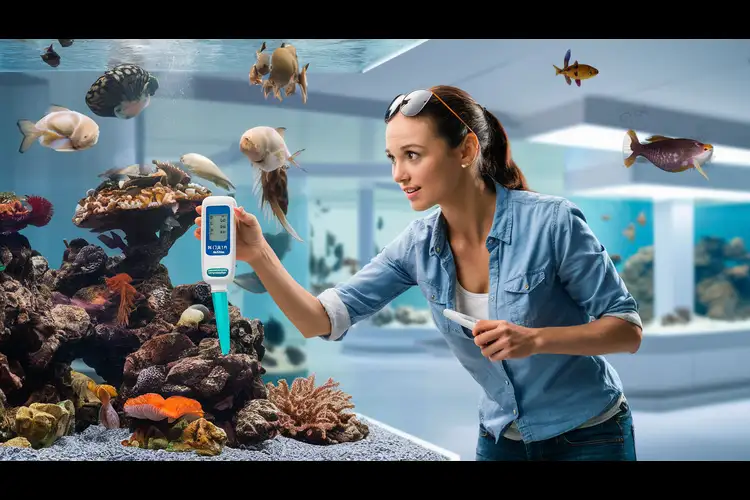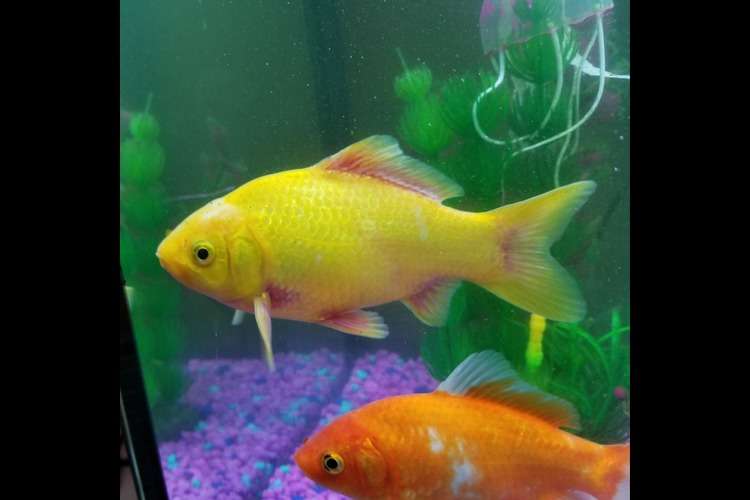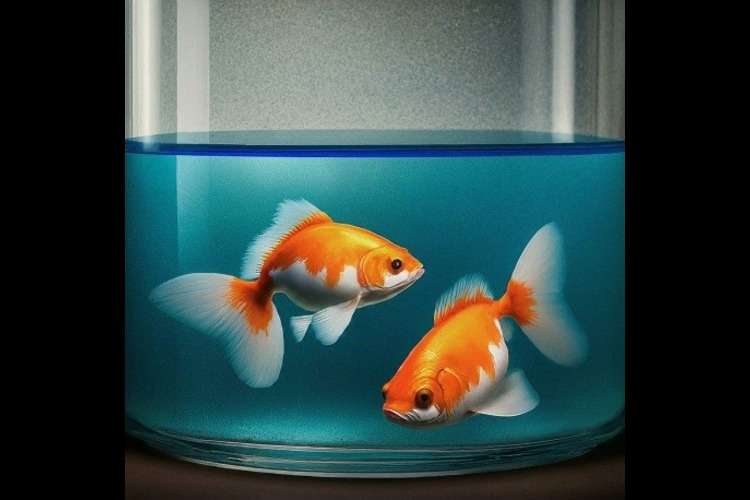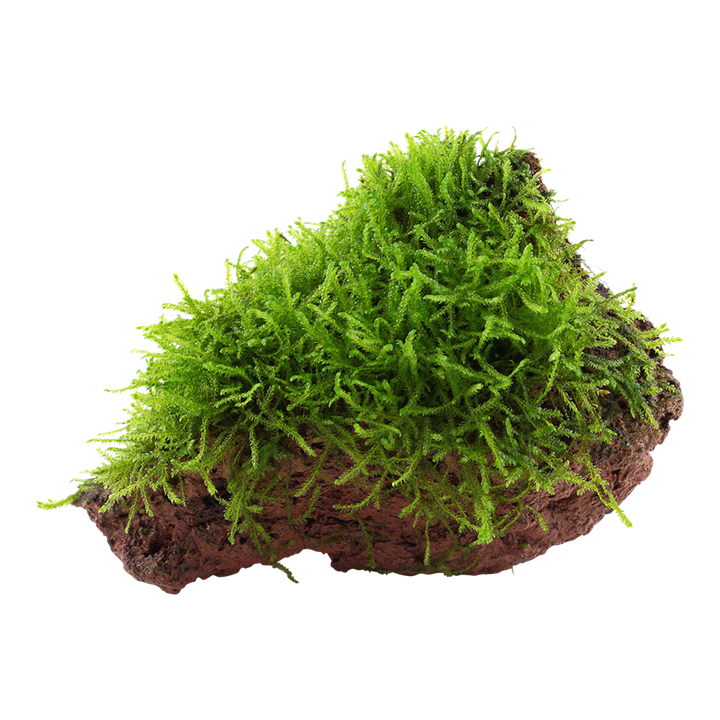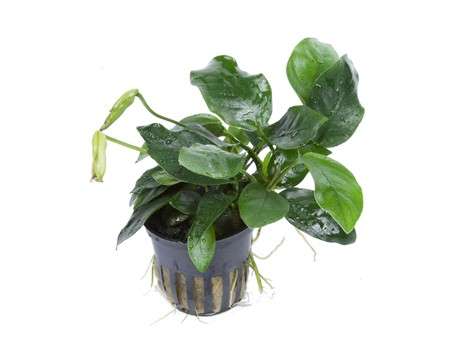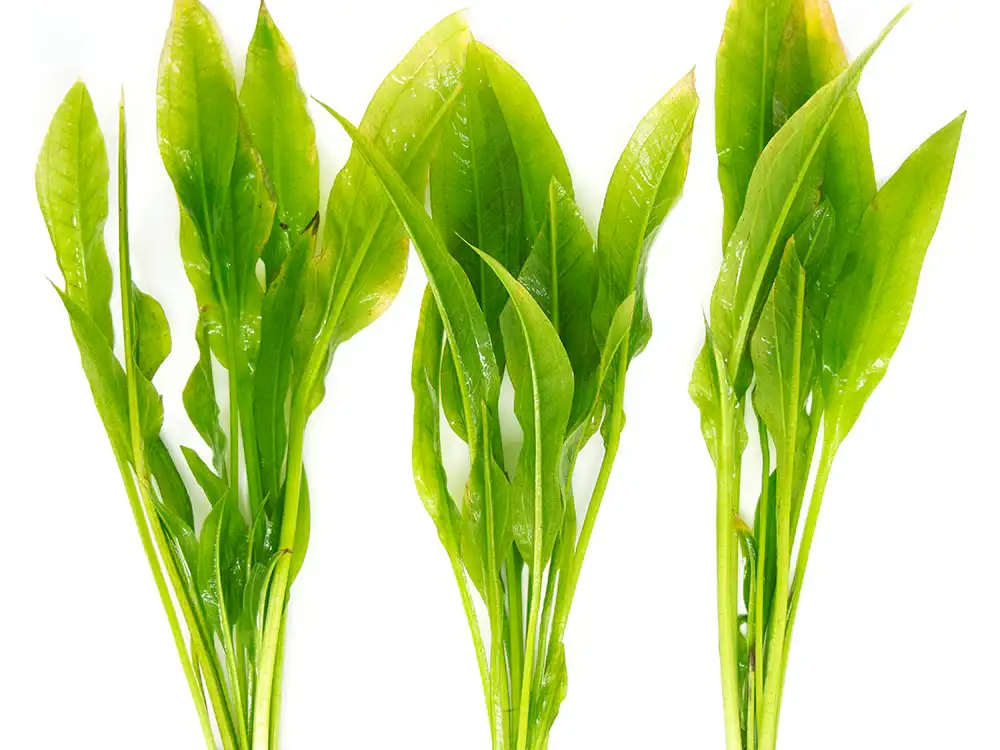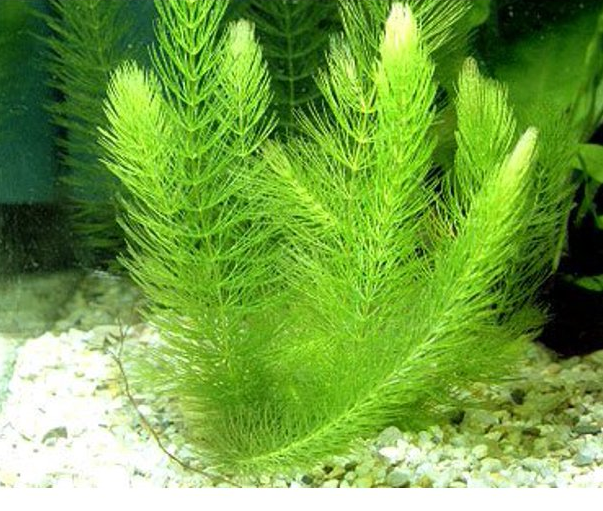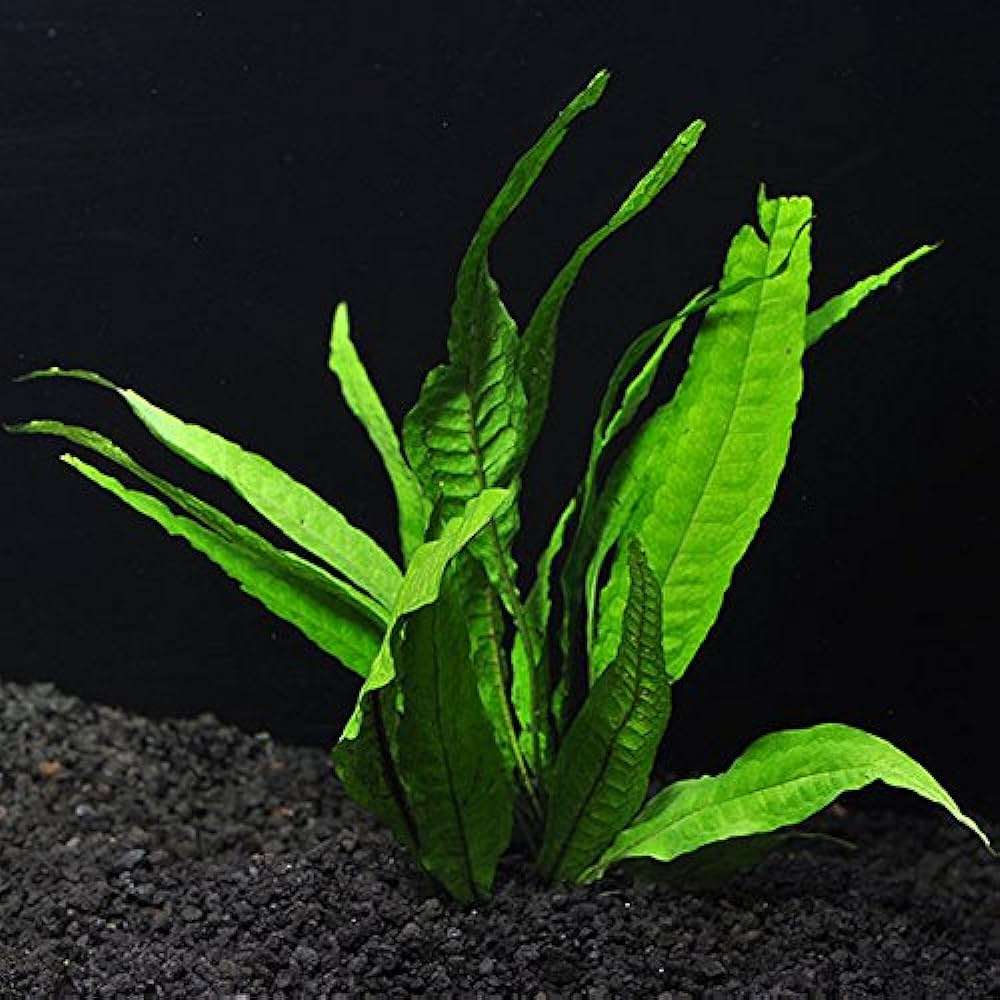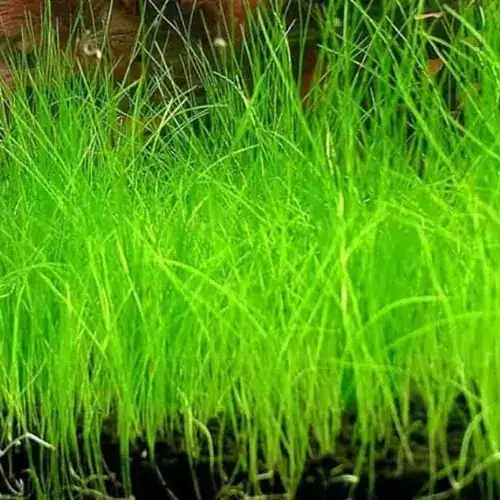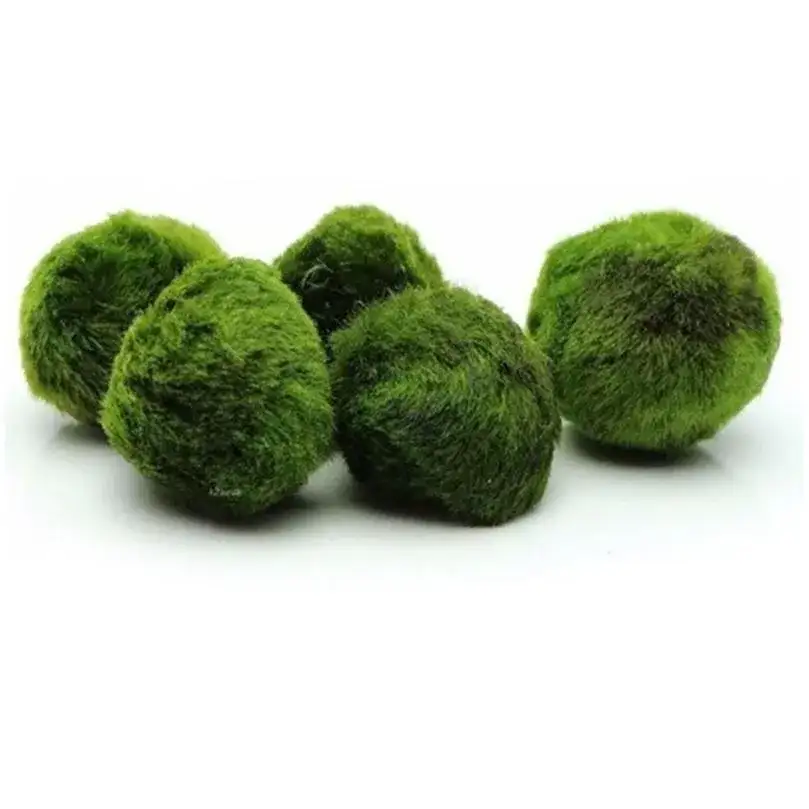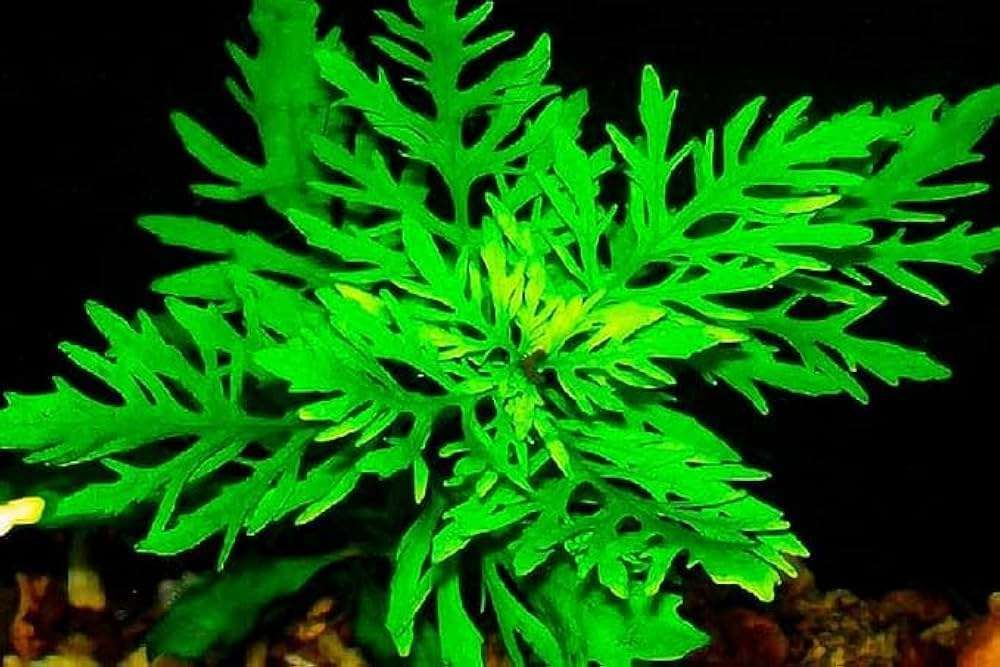Top 3 Beginner Fishkeeping Mistakes & How to Avoid Them
Avoid common beginner aquarium mistakes like overfeeding and adding fish too soon. Learn expert tips to cycle your tank and keep fish healthy and safe.
Table of Contents
- Putting Fish Too Soon (Not Cycling the Tank)
- Overfeeding the Fish
- Introducing Too Many Fish Too Quickly
- Bonus Tips for Beginners
- Faq
- Conclusion
Setting up an aquarium is an enjoyable and rewarding experience. Watching colorful fish glide through the water can bring a sense of calm and happiness. However, if you’re new to fishkeeping, it’s easy to make some common mistakes—mistakes that can harm or even kill your fish. In this guide, we’ll highlight these beginner errors and offer simple tips to help you avoid them. Whether you're creating a tank for guppies, goldfish, or tetras, this blog will help you provide a safe and healthy environment for your fish.
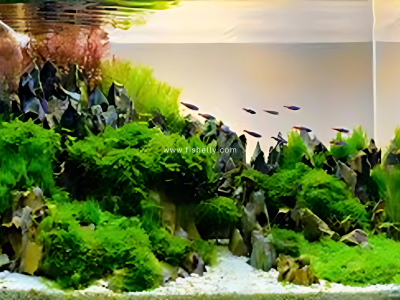
Putting Fish Too Soon (Not Cycling the Tank)
The Issue:
Most new aquarists fill the tank with water, install decorations, and purchase fish all in the same day. It sounds fine — but it's one of the most common fishkeeping mistakes. Why? Because the tank must be allowed time to establish healthy bacteria that break down fish waste. This is known as the nitrogen cycle.
Without cycling the tank, dangerous chemicals such as ammonia and nitrite can accumulate in the water. They are poisonous to fish, even in trace amounts.
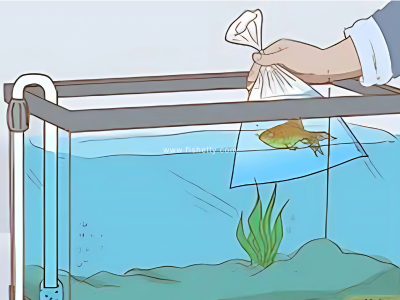
The Solution:
Prior to adding fish, you need to cycle your aquarium. This involves operating the tank (with water and a filter) for a minimum of 2–4 weeks to create good bacteria to develop. These bacteria will convert hazardous waste into safer chemicals (such as nitrate).
You can do it in two ways:
Fishless Cycling: Use fish food or liquid ammonia to initiate the cycle without killing live fish.
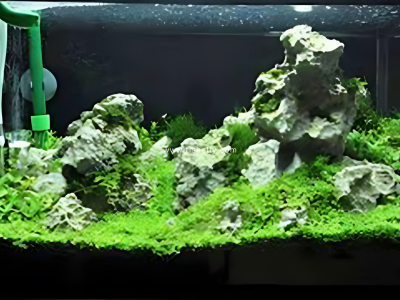
Bacteria Starter: Purchase live bacteria in a bottle to hasten the process.
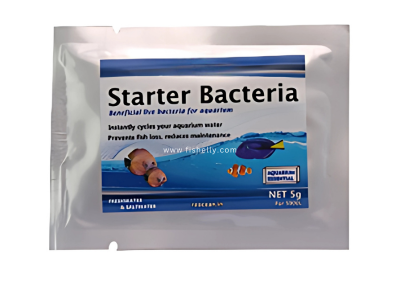
Employ a water test kit to monitor ammonia, nitrite, and nitrate levels. Introduce fish only when ammonia and nitrite levels are at zero.
Overfeeding the Fish
The Issue:
Feeding fish is fun, so many new fishkeepers feed their fish too much or too often. But this can cause serious problems.
Extra food sinks to the bottom and begins to rot. This adds harmful chemicals to the water, makes the tank cloudy, and encourages algae to grow. Worse, fish may suffer from digestive issues and even die from poor water conditions.
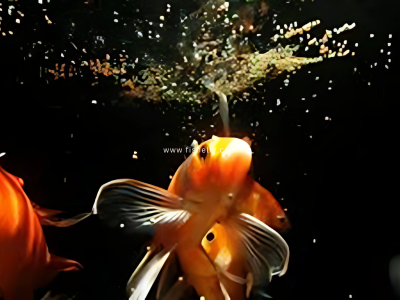
The Solution
Only feed your fish once or twice a day, and give them just a small pinch of food each time — only what they can eat in 1–2 minutes.
Watch them eat. If food remains floating or falls to the bottom uneaten, you’re giving too much.
Tip: Use a small net to remove uneaten food after feeding time to keep the water clean.
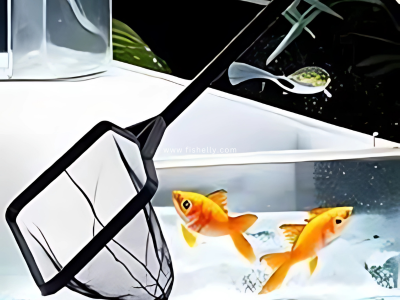
Bonus: A few fish will appreciate a "fasting day" every week — it benefits their digestion!
Introducing Too Many Fish Too Quickly
The Problem:
It's easy to want to purchase lots of stunning fish all at once — but introducing too many too soon is risky. Your tank's filter and bacteria take time to get used to every new fish. When you introduce too many fish too quickly, the system becomes overwhelmed.
This can result in ammonia spikes, low oxygen levels, and even fighting due to overcrowding.
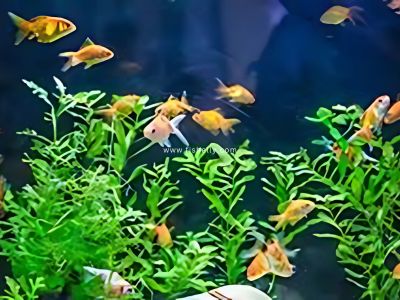
The Solution:
Go slow. Once your tank is cycled, introduce only 2–3 small fish initially. Then wait 1–2 weeks before introducing more. This allows your filter time to catch up and keeps the water safe.
Also, learn about each fish species before purchasing:
• How big do they grow?
• How many gallons of water do they need?
• Do they get along with other fish?
This prevents issues such as bullying or overstocking your tank.
Rule of thumb: 1 inch of fish per gallon of water (but this is a rough estimate — research is the key).
Bonus Tips for Beginners
• Always use a water conditioner to remove chlorine before adding tap water.
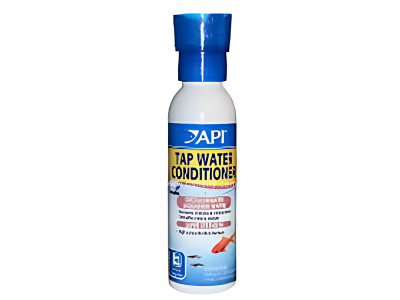
• Do regular water changes (20–30% every week) to keep the tank clean.
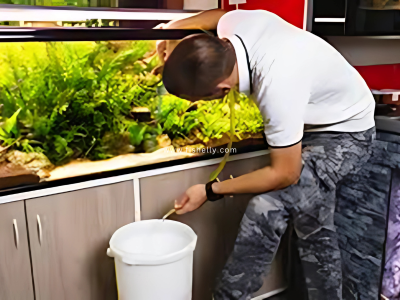
• Use a filter that matches your tank size.
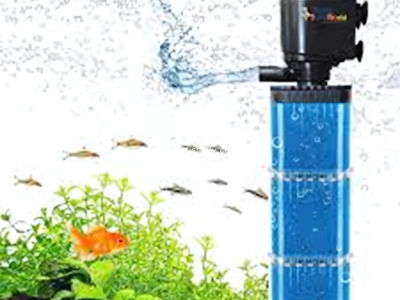
• Choose beginner-friendly fish like guppies, platies, or zebra danios.
Faq
1. Can I add fish to my tank the same day I set it up?
No, you should first cycle your tank for 2–4 weeks to build healthy bacteria that keep the water safe.
2. What does “cycling a tank” mean?
It means letting the tank run with water and a filter (without fish) so good bacteria can grow and process fish waste.
3. How do I cycle my tank without fish?
You can add fish food or ammonia to start the cycle, or use bottled bacteria to speed it up.
4. How will I know when it’s safe to add fish?
Use a test kit — ammonia and nitrite levels should be zero before adding any fish.
5. How often should I feed my fish?
Once or twice a day is enough. Only feed what they can eat in 1–2 minutes.
6. What happens if I overfeed my fish?
Leftover food rots, makes the water dirty, causes algae, and can make fish sick.
7. Is it okay to add many fish at once?
No, add only a few fish at a time. Wait 1–2 weeks before adding more to avoid stressing the tank.
8. How many fish can I keep in my tank?
Rough rule: 1 inch of fish per gallon of water. But always research each species first.
9. Do I need to treat tap water before adding it to the tank?
Yes, always use a water conditioner to remove chlorine and other harmful chemicals.
10. How often should I change the water?
Change 20–30% of the water every week to keep it clean and healthy.
11. What kind of fish are best for beginners?
Easy fish include guppies, platies, and zebra danios. They’re hardy and friendly.
12. Do I need a filter in my tank?
Yes, a filter helps keep the water clean and provides oxygen for the fish.
Conclusion
Fishkeeping is a fun hobby, but the new hobbyist makes common errors such as introducing fish too quickly, overfeeding, and overpopulating the tank. These problems can be detrimental to your fish and make the tank difficult to handle. With a bit of patience and TLC—cycling the tank correctly, feeding the appropriate amount, and introducing fish gradually—you can establish a healthy, lovely aquarium in which your fish will thrive.
